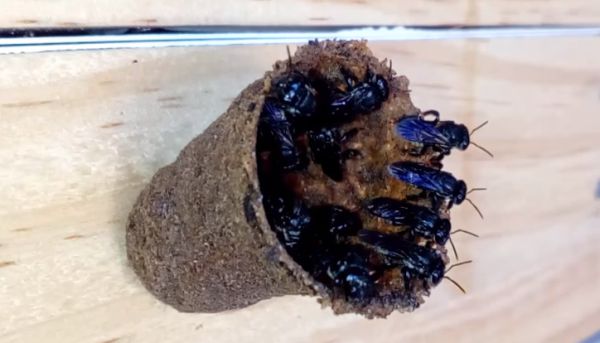this post was submitted on 05 Jul 2024
29 points (91.4% liked)
[Migrated, see pinned post] Casual Conversation
3425 readers
16 users here now
We moved to [email protected] please look for https://lemm.ee/post/66060114 in your instance search bar
Share a story, ask a question, or start a conversation about (almost) anything you desire. Maybe you'll make some friends in the process.
RULES
- Be respectful: no harassment, hate speech, bigotry, and/or trolling.
- Encourage conversation in your OP. This means including heavily implicative subject matter when you can and also engaging in your thread when possible.
- Avoid controversial topics (e.g. politics or societal debates).
- Stay calm: Don’t post angry or to vent or complain. We are a place where everyone can forget about their everyday or not so everyday worries for a moment. Venting, complaining, or posting from a place of anger or resentment doesn't fit the atmosphere we try to foster at all. Feel free to post those on [email protected]
- Keep it clean and SFW
- No solicitation such as ads, promotional content, spam, surveys etc.
Casual conversation communities:
Related discussion-focused communities
founded 2 years ago
MODERATORS
you are viewing a single comment's thread
view the rest of the comments
view the rest of the comments
Are they friendly/nonvenomous down there?
I believe that most of the native species here don't even sting, and if you annoy them they'll flock around you and... that's it, like a bunch of kids calling you meanie. Or at least the ones that look like wasps, like this:

I've seen quite a bit more of those this winter.
How do they defend a hive if not for the ability to sting?
They* technically can bite you, but the bite doesn't hurt, so it's likely only effective against other really small critters. They can also release some sort of glue, kind of annoying if they do it while tangling in your hair, but harmless.
I wonder if their visual similarity to wasps isn't some form of defence on its own, as mimicry. They also seem to build nests in places where they won't get into trouble with mammals, like inside the hollows of tall trees. And that opening "tube" is closed off at night.
*from some websearch I could find one slightly more dangerous species, called "tataíra" or "abelha de fogo" (lit. fire bee). Even then it's just spitting formic acid, like ants would; and mostly used not against larger critters, but while pillaging beehives of other species.